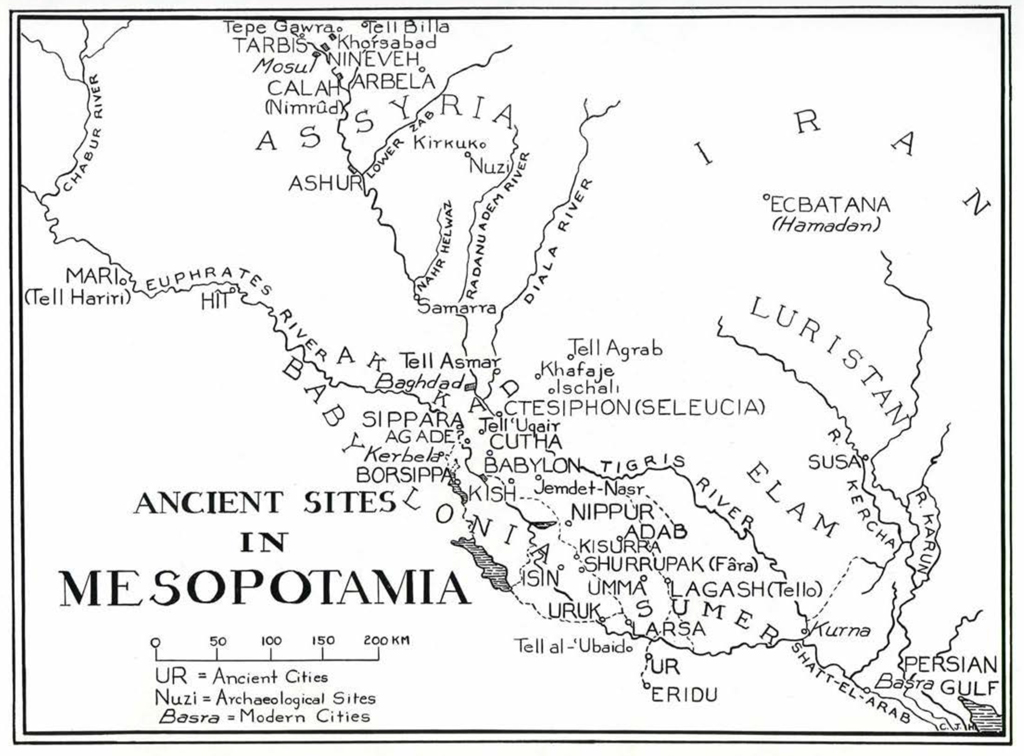HERE is a little historical guide, composed for the visitor to the Babylonian Section of the University Museum, so that he may find, arranged in a somewhat loose chronological order, an account of the discoveries made in Mesopotamia in the various excavations from which have come the many beautiful and curious objects exhibited in the Museum collections. He may be interested to know, too, that the Museum is the oldest of its kind in America, that the Babylonian Section was the first section opened and indeed the very excuse for the establishment of the Museum, and that the first important Assyrian monument to reach this country-as early as 1853-belongs to it. In which facts he may take a modest pride conforming to an old Philadelphia tradition. Since that time, the University Museum has carried on, independently or with other scholarly institutions, many excavations in Mesopotamia which have dramatically extended our knowledge of cultural sequence and activity in that area. A list of these expeditions follows and their significance will be discussed later as they occur in this account.

| Nippur | 1888-1900 | (with the Oriental Institute of Chicago, 1948 . . .) |
| Ur | 1922-1934 | (with theBritish Museum) |
| Nuzi (Kirkuk) | 1929-1931 | (with the Semitic and Fogg Museums of Harvard University and the American Schools of Oriental Research, Baghdad) |
| Tepe Gawra and Tell Billa | 1930-1938 | (with the American Schools of Oriental Research, Baghdad, and Dropsie College) |
| Fâra | 1931 | |
| Khafaje | 1987-1938 |

